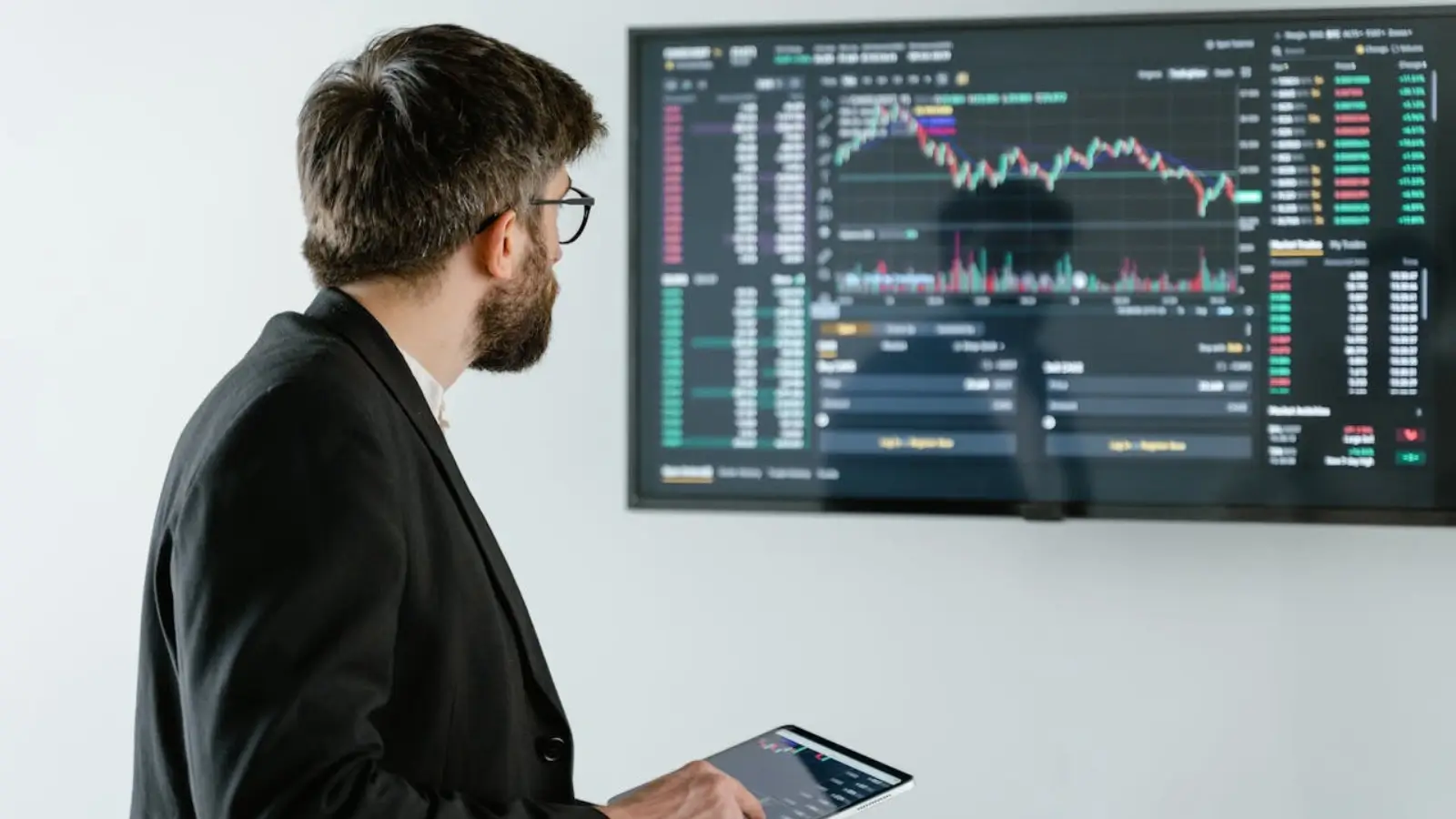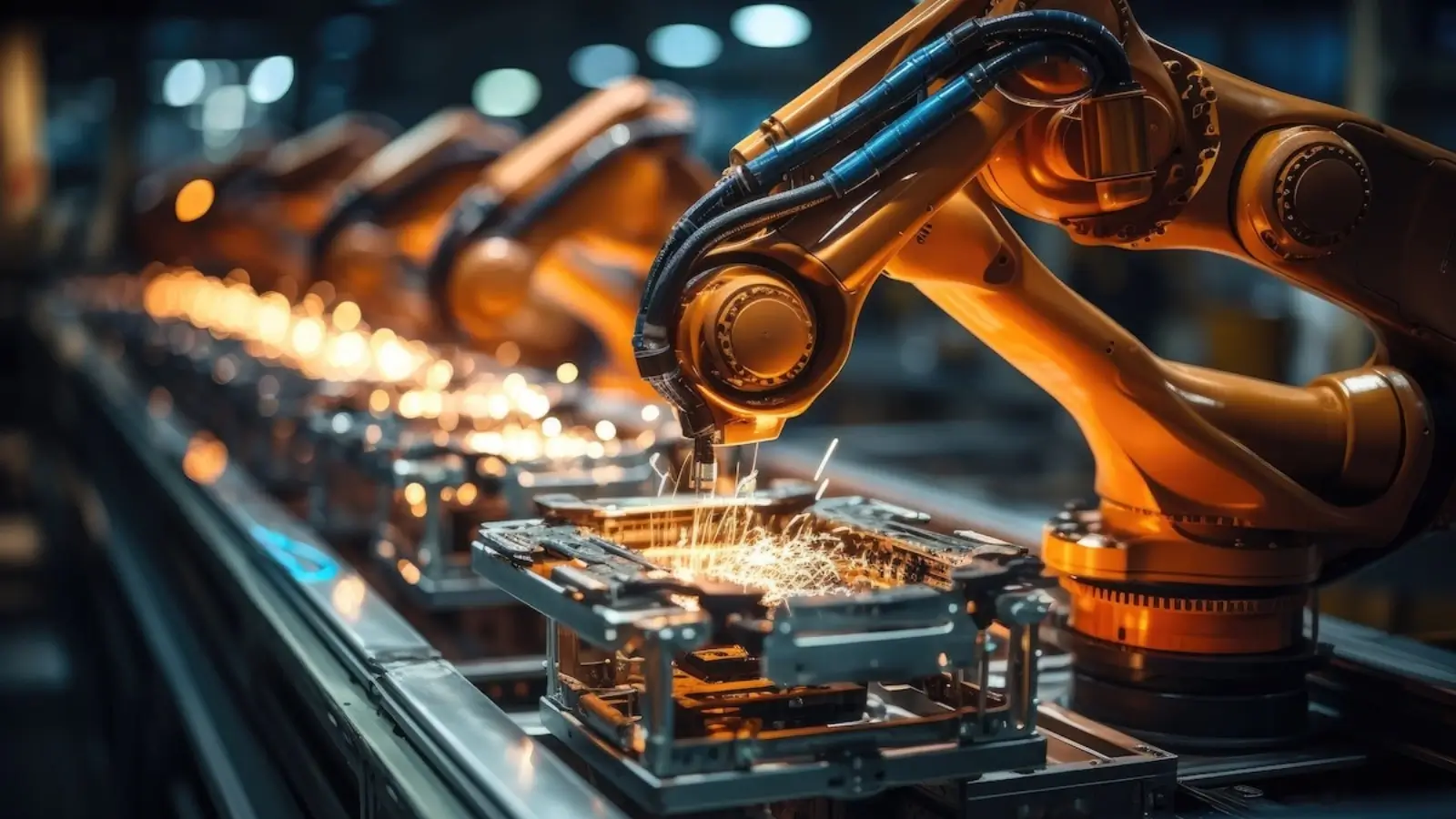


Across Australia, industries are evolving faster than ever before. From automotive plants and packaging facilities to logistics and energy sectors, one concept stands at the heart of this transformation automation.
Automation is no longer a futuristic buzzword. It’s a practical, measurable way for businesses to improve safety, efficiency, and sustainability. With Australian manufacturers under growing pressure to stay competitive in a global market, automated systems have become the foundation of long-term success.
Companies that embrace automation now are setting the standard for how Australian industry will operate in the decades to come.
Industrial automation refers to the use of control systems — such as robots, sensors, and software to handle processes with minimal human intervention. The goal isn’t to replace people, but to empower them by streamlining repetitive or hazardous tasks.
Common examples include:
Each of these technologies forms part of a wider ecosystem known as Industry 4.0 where machines, data, and human expertise combine for smarter operations.
Australia’s industrial landscape is defined by high labour costs and vast geographic distances. Automation helps bridge those gaps through innovation and efficiency.
Automated systems perform with exact accuracy, ensuring consistent results in production and packaging. This is particularly important for industries like food processing, electronics, and metal fabrication, where even small deviations can lead to losses.
Machines don’t need breaks, shift changes, or overtime pay meaning processes can continue 24/7. The result is faster production cycles and improved resource allocation.
Automation reduces workplace injuries by taking over high-risk operations such as heavy lifting, cutting, or exposure to chemicals. Smart sensors can also detect hazards before they occur, improving overall workplace safety.
While the initial investment in automation equipment can be significant, long-term savings through reduced waste, fewer errors, and higher throughput easily offset these costs.
Modern automated systems use energy-efficient motors, real-time monitoring, and precision controls to minimise resource use a key factor for businesses aiming to reduce their carbon footprint.
Australia’s government and private sector are both pushing towards advanced manufacturing models. Automation is central to this shift.
Emerging technologies are transforming the way factories operate:
Together, these tools improve flexibility, allowing Australian manufacturers to produce more diverse and complex products with shorter lead times.
Contrary to popular belief, automation doesn’t eliminate jobs it changes them. While machines take over repetitive tasks, employees gain opportunities in higher-value areas such as programming, maintenance, and data analysis.
Training programs across Australia are adapting to this reality, teaching new generations of workers how to manage and maintain automated systems. The result is a safer, more skilled workforce capable of leading the next phase of industrial innovation.
The transition to automation doesn’t happen overnight. A successful integration plan involves several key stages:
When implemented strategically, automation enhances both performance and adaptability ensuring a company can scale as demand grows.
Let’s clear up a few misconceptions:
Implementing automation requires more than just buying equipment it requires expertise. Businesses should look for a partner who understands both technology and industry-specific challenges.
Key qualities to look for include:
Partnering with specialists like industrial automation experts in Australia ensures every system is designed for efficiency, reliability, and long-term value.
Automation will continue reshaping how Australian industries produce, deliver, and compete. With the right approach, it offers a pathway to:
The question isn’t whether automation will define the future of manufacturing it’s how soon businesses will adapt. Those that start today are already one step ahead.
Automation isn’t about replacing human skill, it's about amplifying it. By combining innovation with precision, Australian businesses can unlock higher productivity, improved safety, and a more sustainable future.
Working with reliable industrial automation experts in Australia ensures your business is prepared to thrive in a world where efficiency and intelligence go hand in hand.
Automation isn’t just the next step, it's the new standard.